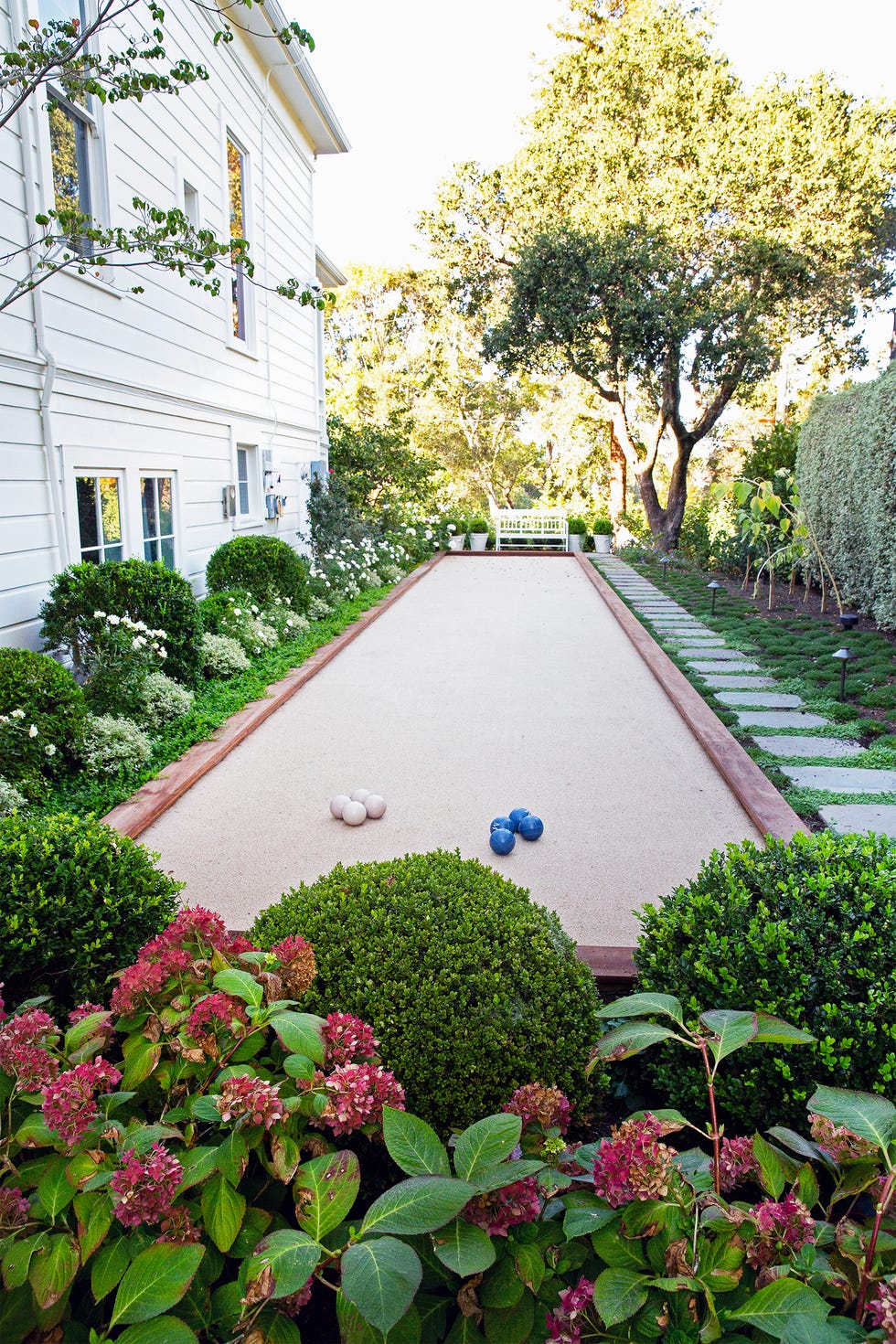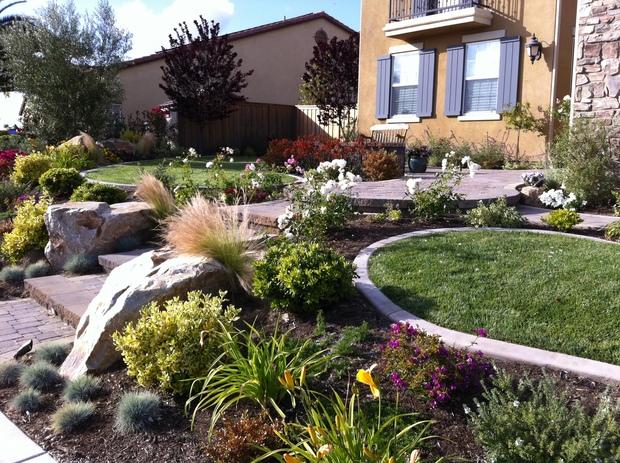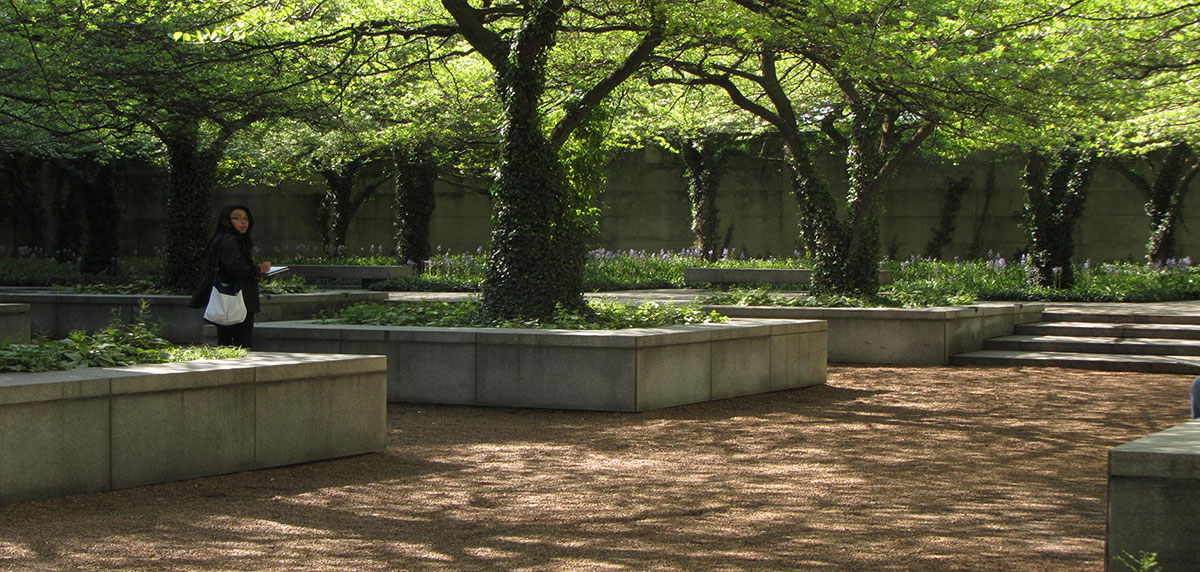The 20-Second Trick For Landscapers
The 20-Second Trick For Landscapers
Blog Article
The smart Trick of Landscapers That Nobody is Talking About
Table of ContentsSome Known Questions About Landscapers.Some Known Factual Statements About Landscapers The smart Trick of Landscapers That Nobody is DiscussingThe Landscapers IdeasThe Ultimate Guide To LandscapersSome Known Details About Landscapers
- A garden feature where water is represented by an aggregate rock item, typically a gravel or granite. These are most generally located in contemporary and Japanese yard design.- A rock or natural flagstone patio, course, or sidewalk developed without a concrete base. The base would be compacted gravel and the joints would be an aggregate or walkable ground cover. - A rock retaining or free standing wall surface built without the use of mortar. A very proficient mason is needed for a dry pile rock wall. The majority of walls in Portland are moist stacked, also if they show up to be. - An underground structure that accumulate water and permits it to slow down percolate right into the soil around it.
Landscape style that is suitable with a websites' setting in both look and sustainability without unfavorable effects to the atmosphere. Bordering in the landscape is a line of demarcation that develops visual rate of interest in the garden by dividing one segment from another segment.
Locations can additionally sense of "enclosure" provided by trees, other growings, fences, or displays. The landscape near the entry to a building. A tree, shrub or vine, trained to grow on a wall surface or fencing into a certain pattern. Especially valuable for fruit trees, making it easy to harvest the fruit and having mess.
What Does Landscapers Mean?

The element in a landscape layout or location in a landscape that is indicated to be most prominent. The focal point can be a plant, stone, statuary, collecting room, or various other landscape feature.

Rumored Buzz on Landscapers
Rock item, either rounded or fractured, that is relatively little- typically 1" or much less. Reduced plants that are permitted or encouraged to spread out over an area. Can refer to any type of "difficult" yard aspects including statuary or stones but a lot of typically is made use of to describe paths, patio areas, and walls.: Height distinction between the degree of water in a pond (or the level of the site link pump if it rests outside the fish pond) and the upper outlet of water which impacts efficiency of the water pump in gph (gallons per hour). Thick hedges or trees that develop a fence, screen, or border.
A chemical made use of to control weeds. Fencing boards that run flat, typically made use of in modern or Japanese-inspired landscape designs. Lines that define spaces within a landscape principle. These frequently prolong from edges or key attributes of an existing framework. Appropriate use of imaginary lines can assist the landscape feel attached to the home and various other aspects.
Traditional PNW landscapes are casual. A plant that spreads more than wanted, or into habitats where it does damages.
Some Known Questions About Landscapers.
Can include head placements and protection, pipe sizing, GPM specs, and materials required to mount this system. Accredited specialist who makes landscapes, coached in engineering and style as well as in gardening.
Landscape developers commonly have less education than Landscape Architects and are not certified. A completed landscape style, describing all elements for the brand-new landscape.
Utilizing lots of growings of the exact same selection to load in an area in the landscape. This can decrease maintenance and water usage in the garden.
A layer of garden compost or bark dirt applied at the base of a plant. A plant that was present in a geographic place prior to individuals started altering the landscape.
The Definitive Guide to Landscapers
Exactly how the garden or a yard aspect is set up in connection to an existing or brand-new attribute or to an instructions. Yards that are not cut however expanded in landscapes as perennials.

Plants that supply seasonal passion and then die back in the winter season. Cold period grass that is the most common lawn grass in Portland, OR and the remainder of the PNW.An open roofed structure over an outdoor patio or various other landscape function.
Basalt aggregate ranging in size from 1/4" down to dust. The most common landscape crushed rock in the PNW. Area of the landscape designed to find here handle rain water until it can soak right into the ground. A chain that manages water as it takes a trip from a roof covering rain gutter to the ground. Yard structure that creates a planting area that is contained and greater than the surrounding grade.
Structure made from timber, concrete, leading rocks, blocks or other products for stabilizing inclines and protecting against too much disintegration. Narrow gutter. Developing a yard function being composed mostly of rocks with growings that news enhance and can prosper in the rocky atmosphere. Lawn sprinkler head design that turns a stream of water throughout a location.
The 2-Minute Rule for Landscapers

Report this page